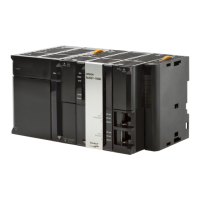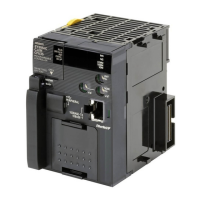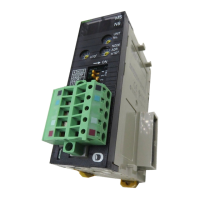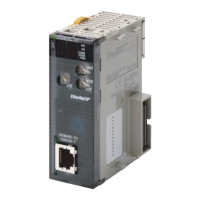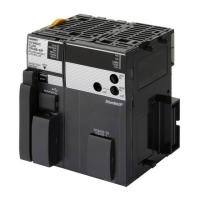2
Terms and Definitions
2. Terms and Definitions
Term Explanation and Definition
Node A programmable controller and a device are connected to an EtherNet/IP
network via EtherNet/IP ports. EtherNet/IP recognizes each EtherNet/IP
port connected to the network as one node.
When a device with two EtherNet/IP ports is connected to the
EtherNet/IP network, EtherNet/IP recognizes this device as two nodes.
EtherNet/IP achieves the communications between programmable
controllers or the communications between a programmable controller
and a device by exchanging data between these nodes connected to the
Tag A minimum unit of the data that is exchanged on the EtherNet/IP network
is called a tag. The tag is defined as a network variable or as a physical
address, and it is assigned to the memory area of each device.
Tag set In the EtherNet/IP network, a data unit that consists of two or more tags
can be exchanged. The data unit consisting of two or more tags for the
data exchange is called a tag set. Up to eight tags can be configured per
tag set for the programmable controllers produced by OMRON
Tag data link In EtherNet/IP, the tag and tag set can be exchanged cyclically between
nodes without using a user program.
This standard feature on EtherNet/IP is called a tag data link.
Connection A connection is used to exchange data as a unit within which data
concurrency is maintained. The connection consists of tags or tag sets.
Creating the concurrent tag data link between the specified nodes is
called a "connection establishment". When the connection is established,
the tags or tag sets that configure the connection are exchanged
between the specified nodes concurrently.
Connection type There are two kinds of connection types for the tag data link connection.
One is a multi-cast connection, and the other is a unicast (point-to-point)
connection. The multi-cast connection sends an output tag set in one
packet to more than one node. The unicast connection separately sends
one output tag set to each node. Therefore, multi-cast connections can
decrease the communications load if one output tag set is sent to more
Originator and
Target
To operate tag data links, one node requests the opening of a
communications line called a "connection".
The node that requests to open the connection is called an "originator",
and the node that receives the request is called a "target".
Tag data link
A tag data link parameter is the setting data to operate tag data links.
It includes the data to set tags, tag sets, and connections.
EDS file A file that describes the number of I/O points for the EtherNet/IP device
and the parameters that can be set via EtherNet/IP.

